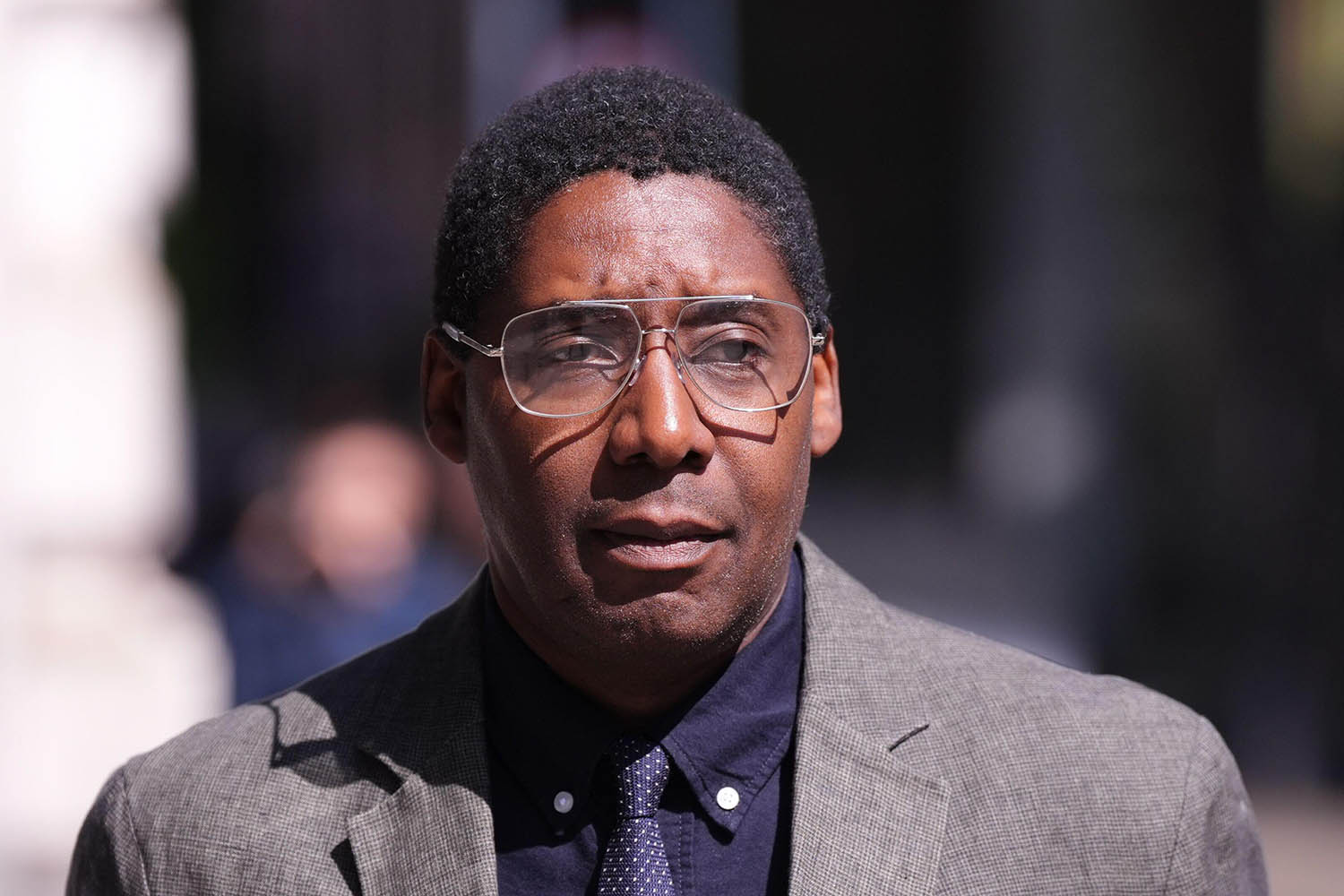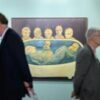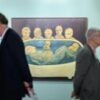
As a small boy, every time I saw my grandfather he would remind me of his golden rule: what he called the Eleventh Commandment: Thou shalt not get found out. Mercifully, my grandfather didn’t live to see me become a failed art dealer (or indeed witness my former business partner, Inigo Philbrick, plead guilty to the largest art fraud in US history), but his tongue-in-cheek directive served me well for over a decade as I navigated the murky waters of the largest unregulated market in the world.
The public believes that the art world is the exclusive bailiwick of blackguards and hucksters, a domain of ornate malfeasance and more dastardly billionaires than you could cram into the Oval Office on World Bitcoin Day.
For the most part, the perception of the art world is wildly off target. But unfortunately for all those honest gallerists out there toiling away, there seems to be a steady trickle of outrageous exceptions that serve to confirm the suspicion.
The latest of these bad apples is Oghenochuko Ojiri, a London-based art dealer who earlier this month received a two-and-a-half-year custodial sentence for selling almost £140,000 of art to Beirut-based Nazem Ahmad, a Lebanese-Belgian diamond dealer and suspected Hezbollah financier.
From communications seized by the police in 2023, Ojiri knew that Ahmad was the subject of sanctions by the US and UK governments. (In May, Ojiri pleaded guilty to eight charges under the Terrorism Act.) He should not have been selling him so much as a packet of gum, let alone £140,000 of art. The Metropolitan police declared that this ruling should serve as a “warning to all art dealers”.
Should the art world be quaking in its loafers? Like other luxury goods – Swiss watches, designer handbags, Fabergé eggs – art has become a way for the very rich to move their wealth without having to pay too much tax. The typical (entirely legal) wheeze goes something like this: you buy a blue-chip artwork (something with the price tag of a small stately home) and then store it in a climate-controlled warehouse in somewhere secretive, such as Switzerland, and wait for it to accrue sufficient value. Then, when you come to sell, you can take your profits and laugh all the way to your private bank without anyone being any the wiser.
Ahead of this week’s Art Basel, the shining pinnacle of the art market’s commercial calendar, how should dealers and collectors stay on the right side of the law?
The rule of thumb is: if it seems too good to be true, it almost certainly is
Although all sales of art over £8,500 in the UK have been subject to anti-money laundering legislation since 2020, the promise of quick profits on portable assets will always attract shady characters. But one of the many problems with the art market is that supply far outpaces demand, so when a big fish such as Ahmad comes along with an open wallet, most dealers aren’t going to think twice – or, at the very least, think creatively. The rule of thumb is: if it seems too good to be true, it almost certainly is.
Ojiri was a small-time art dealer, best known for his appearances on BBC’s Bargain Hunt, who claimed that his motivation in selling to the sanctioned Ahmad was the “excitement and kudos of dealing with a “name” in the art-collecting world”. He apparently didn’t stop to question why this wealthy and notorious collector was coming to him and his small gallery to buy eight works of art for an average of £17,500 a pop, seemingly on a whim.
Neither did he seem to question it when the names on the invoices changed several times as he asked for the requisite ID and paperwork. But shifty is as shifty does; Ojiri’s excitement should have ended then and there. Of course, the argument might be made that Ahmad just adored the art that Ojiri was selling.
The operational force in the art market, unlike in any other, is emotion: very little art has any intrinsic value other than that ascribed to it by a transaction – the desire to own a work and the desire for nobody else to own it are powerful motivators. (Something you buy for six figures today could be worthless tomorrow, so for goodness sake make sure anything you buy is something you’re happy to own for ever.)
It is precisely this that makes the art market such a haven for money laundering: a unique work can be worth anything a buyer and seller agree, so something bought for £1,000 can be sold on for £1m or vice versa. Many a filthy fortune has been washed clean in just this way.
Bad actors will always find a way to manipulate something as illogical as the art market. The great sadness of cases such as Ojiri’s is that what we love about art – what makes it so vital to us – is too easily forgotten.
Arne Glimcher, the founder of Pace Gallery, liked to tell a story about the painter Agnes Martin. Towards the end of her life, Glimcher and his granddaughter, Isabel, visited Martin at her home in New Mexico. Martin saw Isabel admiring a single rose that she had in a glass vase on her table.
“Isn’t that rose beautiful?” Martin said to the child. The child nodded. Then Martin took the rose and hid it behind her back and asked Isabel, “Is the rose still beautiful?” Again, the child nodded.
Beauty, Martin was saying, is in us: not in the rose, not in art.
We would do well to remember this the next time we can’t distinguish art from its price tag.
Orlando Whitfield is a failed art dealer. His book, All That Glitters: A Story of Friendship, Fraud and Fine Art, was shortlisted for the Nero awards in 2024.
Photograph by PA / Alamy
This post was originally published on this site be sure to check out more of their content






